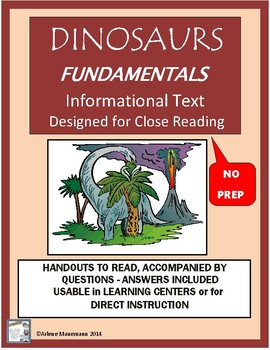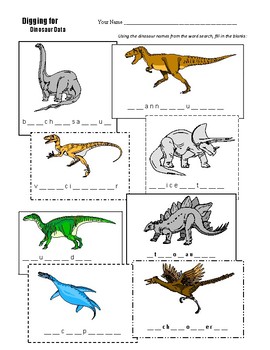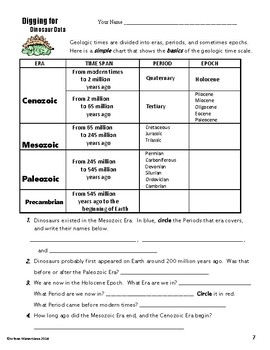DINOSAURS Informational and Close Reading - Distance Learning
- PDF
Description
For learning centers or direct instruction, this unit is designed to familiarize students with the basics of dinosaurs. Students read and answer questions or mark the text in response to directions. The unit includes:
- teacher directions
- one page of terms and practice using the terms in context;
- one page of general information about dinosaurs and related questions and directions
- five pages of information about specific dinosaurs and related questions and directions
- one page of a chart showing geologic eras, periods, and epochs, with questions and directions
- one board page of geologic eras, etc.
- a word search and self-quiz
- ANSWER KEY for the above
- three versions of a chart for students to fill in with information about individual dinosaurs, two of which must be researched
Usable as a close reading activity. Could be used in either an all-class setting or in centers.





